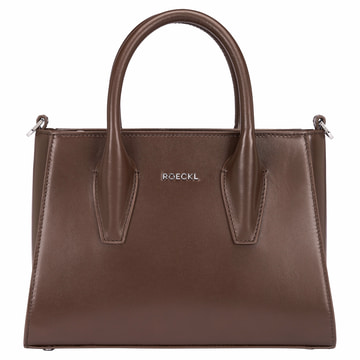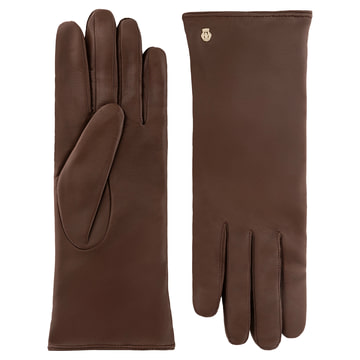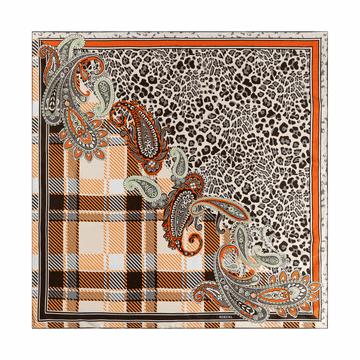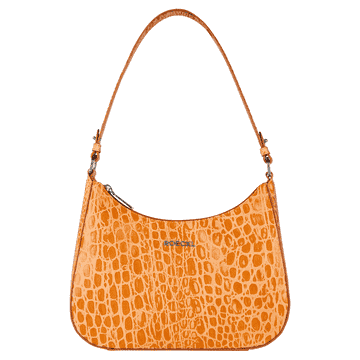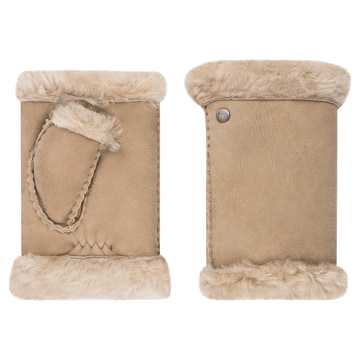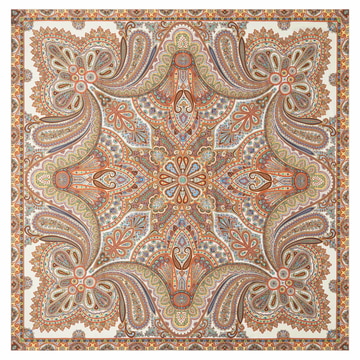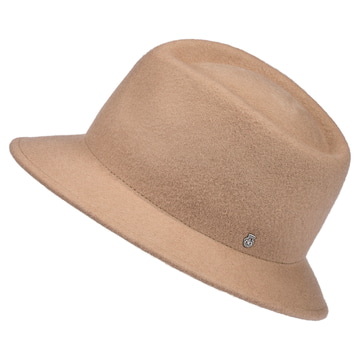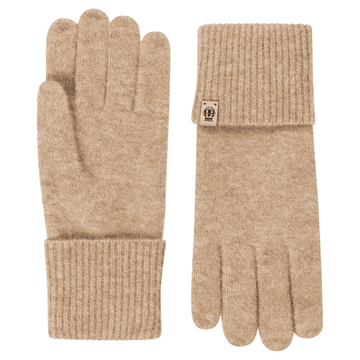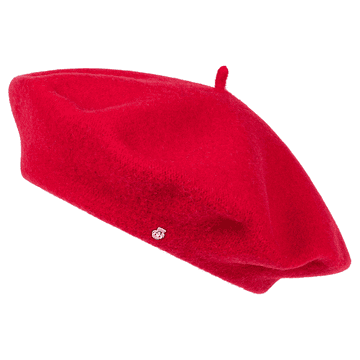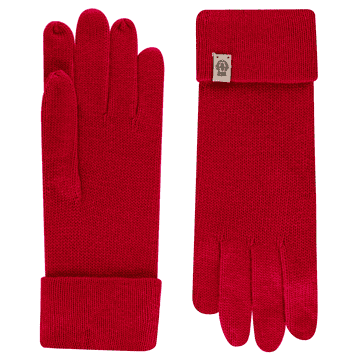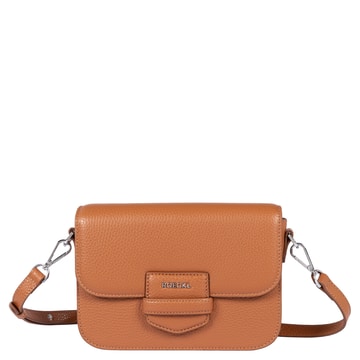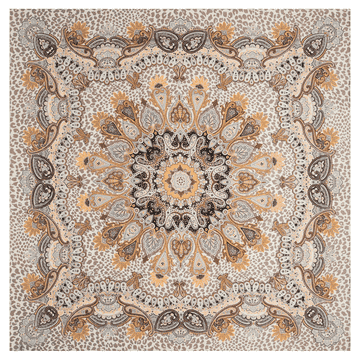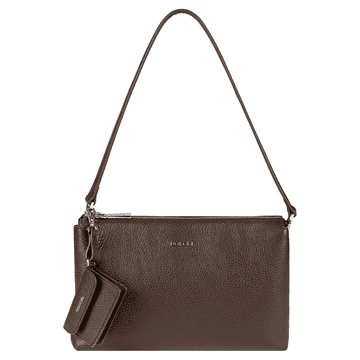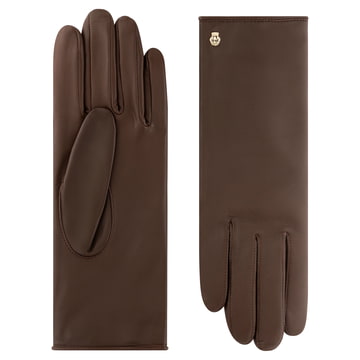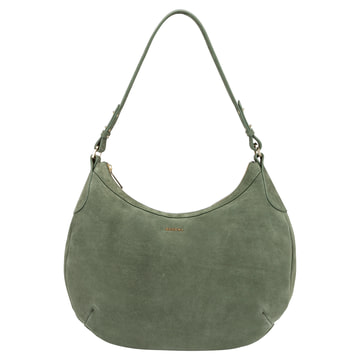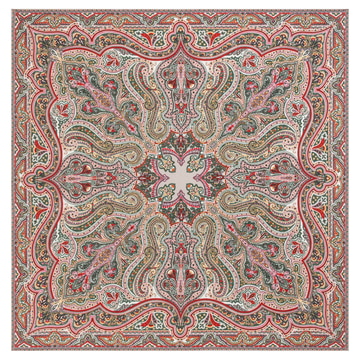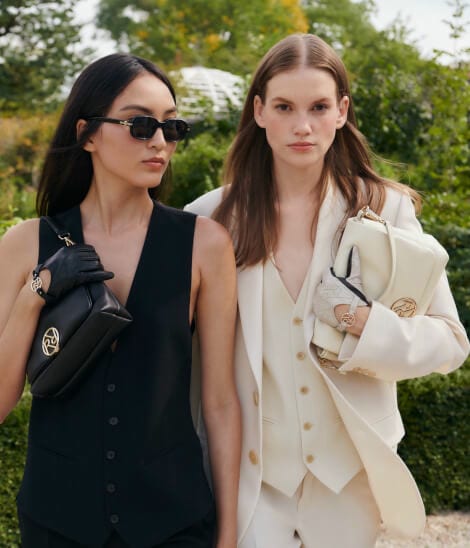Which colors suit winter types? Color palette & accessory ideas
Step by step: How to find your color season
1. Determine your skin undertone (warm vs. cool)
Veins test (wrist)
-
Look at the veins on the inside of your wrist in daylight:
-
Bluish or purple → You have a cool undertone.
-
Greenish → You have a warm undertone.
-
Not clear? → Then you may be neutral (in-between type).
-
Jewelry test (silver vs. gold)
-
Hold silver and gold jewelry (or foil) alternately directly under your face:
-
Silver makes your complexion appear fresher, clearer, and more vibrant → cool type
-
Gold harmonizes better with your skin, appears warmer and softer → warm type
-
2. Analyze the brightness overall (light vs. dark)
Observe hair color, skin, and eyes:
-
Light appearance (e.g., blonde or light brown hair, light skin, delicate eye color) → Indicates spring or summer
-
Dark appearance (e.g., dark brown or black hair, strong eye color) → Indicates fall or winter
3. Check contrast (low vs. high)
-
High contrast between skin, hair, and eyes → Typical for winter and fall types
-
Soft, harmonious overall impression → Indicative of spring or summer types
4. Color draping: What makes your face glow?
-
Hold different colored fabrics or cloths under your face (e.g., pink vs. apricot, snow white vs. cream white).
Pay attention to:
-
Whether your skin looks clearer, fresher, and more even
-
Or whether you look pale, sallow, or tired
-
Wrinkles and dark circles under the eyes are visually reduced with the right colors
5. Classification into the color seasons
Who belongs to the spring season?
The Spring type has a warm, bright aura. The skin typically exhibits a golden or peach undertone, often accompanied by freckles. Hair color is frequently light blonde to golden brown, featuring a warm sheen. The eyes are usually blue, green, or amber, often very clear. Characteristic of the Spring type are a warm skin undertone and a soft, natural contrast.
The best Colors for the Spring Color Season
Spring types shine especially in warm, clear, and bright colors.
| Color Group | Recommended Colors |
|---|---|
| Yellow | Honey yellow, sun yellow, vanilla, yellow gold, butter yellow |
| Orange | Apricot, coral, salmon, tangerine |
| Red | Tomato red, warm pink, coral red, raspberry red, flamingo |
| Blue | Turquoise, warm sky blue, sea green, aqua |
| Green | Lime green, apple green, light green, sage green |
| Neutral | Cream white, camel, warm beige, light golden brown, caramel, warm chocolate brown |
Colors to avoid – and alternatives
Some colors can quickly make the fresh complexion of the spring type appear dull or harsh. But with a few small adjustments, you can find harmonious alternatives that emphasize your natural radiance:
-
Cool pure white often appears too harsh—a creamy beige tone or warm ivory is much better suited to your color type.
-
Deep black can quickly appear overwhelming—replace it with chocolate brown, coffee brown, or cognac shades with warm undertones.
-
Cool gray or pale blue can quickly make you appear pale—instead, opt for a warm navy or petrol blue, which adds depth while remaining soft.
Accessory tip: Scarves for the spring color season
A scarf in a typical spring color will instantly brighten your look—especially when worn close to your face.
Perfect for freshening up basics or neutral clothing—and for balancing out garments in less-than-ideal colors.
Overview of your colors
Subtypes of the spring color season
-
Bright Spring: Bright, clear colors such as turquoise, coral, or sunny yellow emphasize the fresh look. The colors are light and intense.
-
Light Spring: Very light, delicate colors are best, keeping everything light and friendly.

